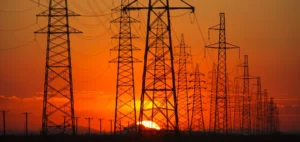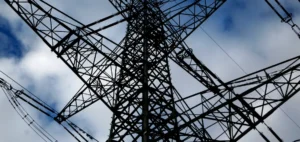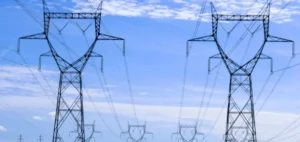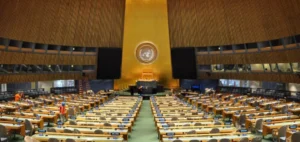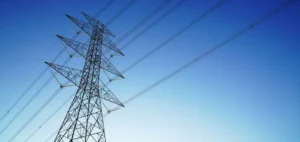NorthConnect was rejected by the Norwegian government. The main reason for rejecting this marine interconnection is national energy autonomy. Indeed, Norway wants to ensure an electricity system that can meet the basic objectives of electricity supply at competitive prices. Norway is rich in fossil fuels and renewables, but the country has seen a spike in electricity bills this winter, in part due to soaring prices in Europe.
The NorthConnect project in a few words
Carried by three Norwegian municipal companies and the Swedish public group Vattenfall, the NorthConnect project was to allow the two countries to exchange their renewable energies (wind for Scotland and hydro for Norway) via a 665 km undersea cable with a capacity of 1,400 MW. However, Minister of Higher Education Ola Borten Moe said the government does not want to pave the way for additional energy exports.
Norway’s position on electricity interconnections
Norway is already connected to several other countries (United Kingdom, Germany, Netherlands, Denmark, Sweden and Finland) by electrical interconnections with a total capacity of about 9,000 MW. Although Norway is not a member of the European Union, the country is strongly integrated into the European market, including electricity, through its membership of the European Economic Area (EEA).
Why was the NorthConnect project rejected?
In January, the Norwegian government presented measures to reduce its exports in the event of a sharp drop in its hydroelectric reservoirs, a decision that was scrutinized by the European regulator of the sector. Norway’s state-owned power system operator Statnett also announced on Thursday a reduction in the technical capacity for exporting electricity from the North Sea Link cable linking the country to the UK, bringing it in line with the export cap on the UK side.
In conclusion, Norway has made a decision to preserve its national energy autonomy by rejecting the NorthConnect project. Norway wants to use its energy to build its industry and maintain competitive prices on the domestic market.












